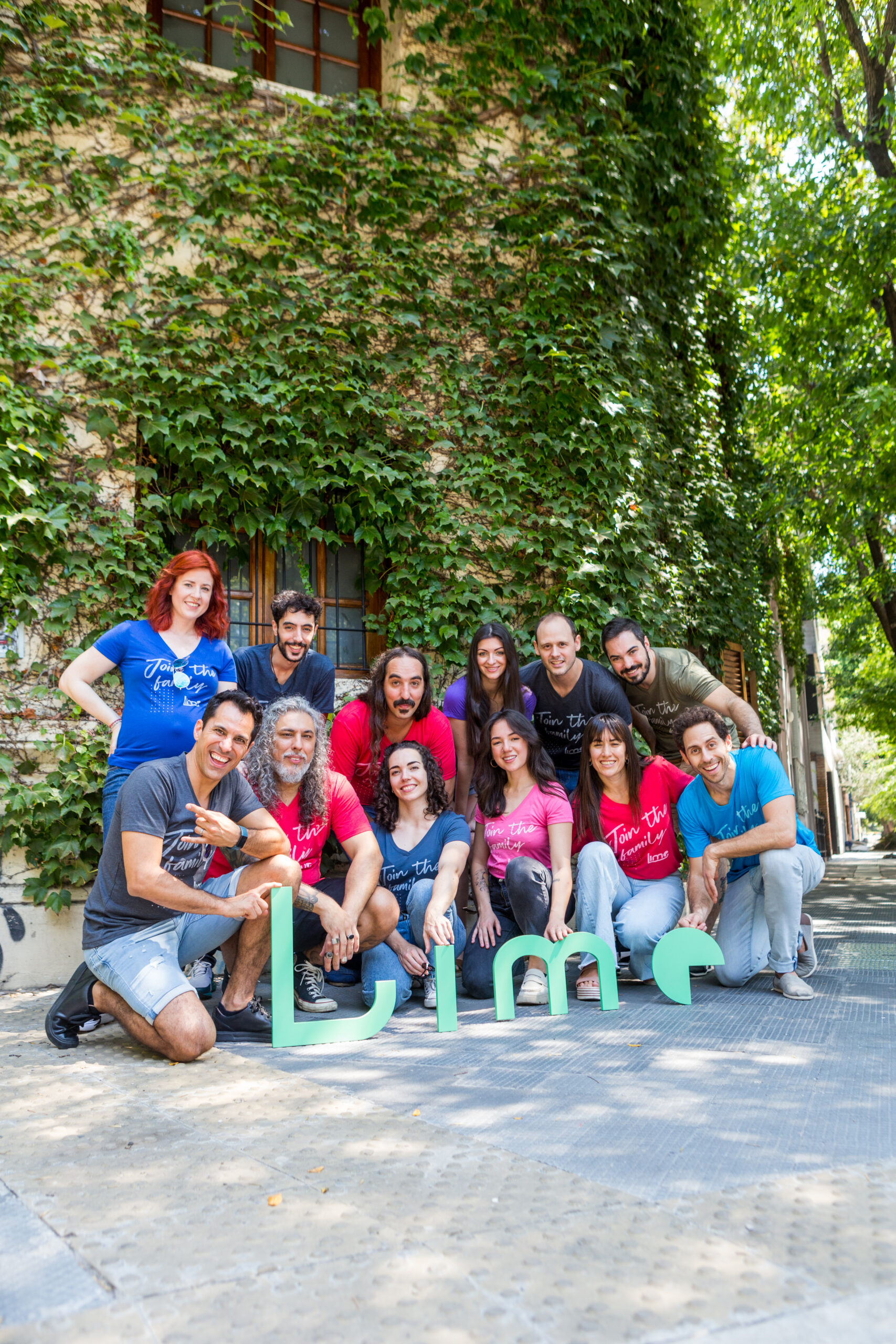For anyone who has played a production show before, this entry could be quite boring (and for that, I apologize). However, it should be sufficiently interesting and informative for prospective orchestra musicians.
There are two production shows on a given night, spaced apart, so the second starts roughly an hour after the first one finishes. Some cruise lines will commonly have a tech run of the show earlier that day (especially if there are any new orchestra musicians), while other cruise lines rarely use the band for tech runs. About three hours before the first show, the entertainment technicians will do a load-in of the necessary rigging and props for the show. After they’re finished, orchestra members are allowed access to the band pit to set up their music and instruments. The band, as a unit, will enter the pit roughly 15 minutes before the start of the first show and will check Aviom* levels and the click track.
Avioms are the monitors through which orchestra musicians hear the show. They are individual units, usually attached to one’s music stand, and function to split the audio of the show into separate tracks for each instrument in the band as well as horn, rhythm and sweetener (supplemental instrumentation) tracks from the original studio recording of the show, and some auxiliary channels for the show’s singers. With this setup, an orchestra member can adjust what he hears based on his personal preferences; a saxophonist will likely want himself loud in the mix, as well as the channels for other saxophones and the trumpet(s) to which he will need to tune. Drummers will generally want the bassist loud, and so on.
In addition to the instrument channels, there will be one channel through which a click track is run; it is essentially like listening to a metronome which slows down and speeds up according to the tempo changes, segues and different songs that make up the entire show. Initially, it is not uncommon for new orchestra musicians to have some trouble performing with a click. It can be difficult to follow, and will probably feel stiff and inorganic — which it is! — but all orchestra members must become comfortable in such a setting, as playing to a click is an integral part of the job. Drummers have the greatest responsibility in terms of following the click (because they are acoustically so loud that anything they play affects both the sound in the theater as well as all the other band members), and so they must do so accurately, but in a single show there is usually at least one exposed section for each band member where following the track is equally as important.
Once the band is in the pit, the sound technician will run a section of the studio recording of the show and the band members can set the volumes of the various channels to their liking. The band can then relax until the show begins, at which point the sound tech will run the studio tracks and click from the very beginning, and the orchestra musicians play along. The environment is thus a combination of a studio and lives setting where the acoustics of the pit is such that band members can hear and interact with each other, but still, use headphones to follow a click and adjust individual volumes.
The shows themselves vary greatly in content. Most have a theme, such as ‘music through the decades’, ‘music around the world’, or music specific to a certain culture (New Orleans dixie, Latin, big band swing, etc.). They run for 45-55 minutes in total, and consist of roughly 12-15 segments (with only a few seconds of pause between each); every segment is a medley of roughly 2-5 songs with direct segues, although most songs are excerpts (one verse or verse/chorus or chorus/bridge/chorus, etc.) from their respective studio recordings.
As the show draws to a finish, the curtains close and the band usually continues to play as the lights go up and the crowd begins to file out. Once the final song ends, band members clean up their respective areas, reset their music, and have 45 minutes to kill before they do it all again!
It is important to note that Avioms are not used on all cruise lines; sometimes the sound technician runs each orchestra musician’s headphones mix from his master board. The sections pertaining to Avioms are therefore irrelevant for the ships that do not use them.


